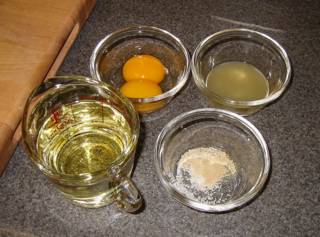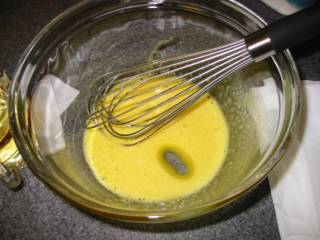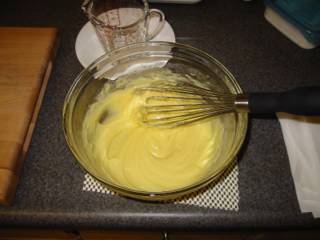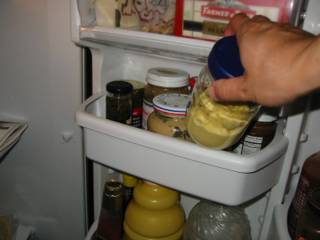method
As a lover of good steak, I had quite a few conversations with people in LA about how they liked to eat theirs. This dish is a result of me soaking up all those vibes. I’m pairing a cooked sauce, made with peanuts and spices, with a fresh green salsa that is going to send your tastebuds into orbit. If you notice that your peanut sauce is lighter than mine, don’t worry. The peanuts I used in LA were just darker. It will still taste delicious.
Take your steaks out of the fridge and let them get up to room temperature while you make your peanut sauce. Put a dry frying pan on a medium heat and toast the nuts and sesame seeds for a few minutes until lightly browned. Add the oregano, cumin seeds, thyme, chipotle chilli and garlic and cook for another minute or so. Tip into a liquidizer with the extra virgin olive oil, rum, lime juice, fresh chilli, salt and pepper, and 200ml of water. Whiz until shiny and smooth, then have a taste and adjust with a bit more salt, chilli or lime juice if needed. Put to one side.
To make your salsa, get yourself a good knife and a big chopping board. Set aside a few of the coriander leaves, then chop the top of the bunch, stalks and all, with the mint leaves, garlic, chilli, spring onions and tomatoes until it’s all very fine – watch your fingers here! Sprinkle over a generous pinch of salt and pepper, then add most of the lime juice and a good lug of extra virgin olive oil. Mix together on the board, taste it, season with more salt, pepper, lime juice or chilli, and put it into a bowl ready to go.
Get a frying pan, griddle pan or barbecue screaming hot and season both sides of your steaks with salt, pepper and a good drizzle of olive oil. Add the steaks to the pan or barbecue. Turn every minute and cook to your liking. I’m going to give you some rough timings, but use your intuition: a 200g steak about 2cm thick wants about 2 minutes each side for medium rare and 3 minutes each side for medium. As it cooks, whip the meat with the sprig of rosemary and rub it with the cut side of the garlic clove for some extra flavour.
When the steaks are perfectly cooked to your liking, move them to a plate to rest for a few minutes. Cut them into 1cm-thick slices, spread the peanut sauce all over a large serving platter or divide between your plates, and gently place the slices of steak on top. Finish with a few dollops of salsa, and scatter over your remaining coriander leaves. Drizzle over any resting juices and let everyone tuck in. This goes beautifully with the Mexican street salad.
Wine suggestion:
French red – a Syrah such as Crozes Hermitage or Saint-Joseph from the northern Rhône Valley

Find out more about Jamie’s American Road Trip tv show andJamie’s America Book

ingredients
For the steak:
• 4 x 200g sirloin or rib-eye steaks (approx 2.5cm thick)
• olive oil
• a sprig of fresh rosemary
• 1 clove of garlic, halved
For the peanut sauce:
• 100g roasted monkey nuts, shelled, skins removed
• 50g sesame seeds
• 1 teaspoon dried oregano
• 1 teaspoon cumin seeds
a few sprigs of fresh thyme, leaves picked
• 1 smoked chipotle chilli, crumbled (or 1 teaspoon smoked paprika)
• 3 cloves of garlic, peeled and finely sliced
• 100ml extra virgin olive oil
• a swig of rum
• juice of 1 lime
• 1–2 fresh green chillies, stalks removed, seeds left in
sea salt and freshly ground black pepper
For the Mexican salsa verde:
• a small bunch of fresh coriander
• a small bunch of fresh mint, leaves picked
• 1 clove of garlic, peeled
• 1–2 fresh red or green chillies, deseeded
• 4 large spring onions, trimmed
• 2 tomatoes, roughly chopped
• juice of 1–2 limes




